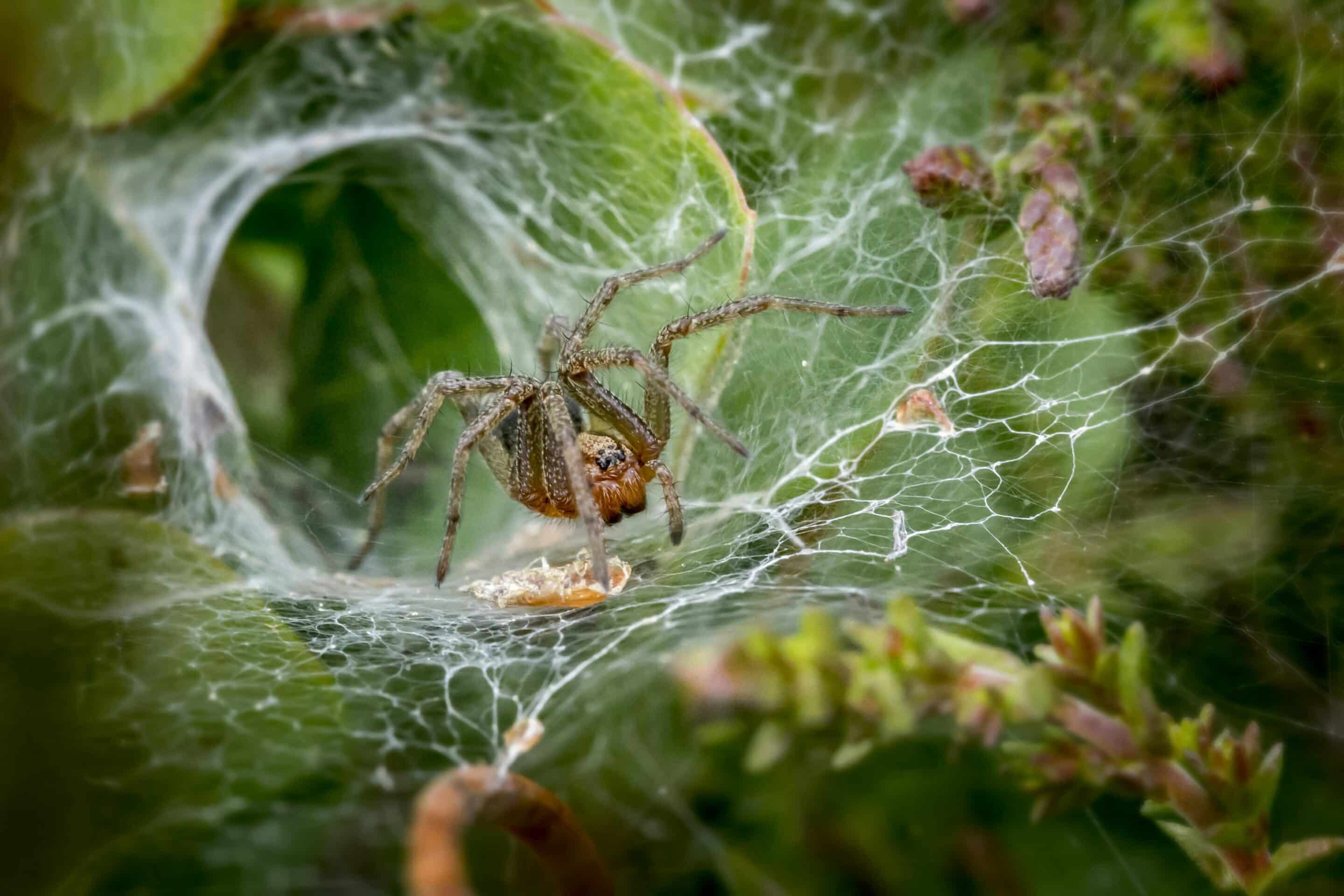Spider Bites In Las Vegas: What You Need To Know
Las Vegas, known for its vibrant nightlife, entertainment, and desert climate, is also home to various species of spiders. While most spiders are harmless, some can deliver painful and potentially dangerous bites. Understanding the types of Spiders In Las Vegas, the symptoms of their bites, and the appropriate treatment can help you stay safe while enjoying all that this unique city has to offer.
Common Spiders in Las Vegas
1. Black Widow Spider
o Appearance: Shiny black with a distinctive red hourgl**** shape on the underside of their abdomen.
o Habitat: Often found in dark, undisturbed areas such as garages, ba****ts, and woodpiles.
o Bite Symptoms: Sharp pain at the bite site, followed by swelling and redness. Systemic symptoms can include muscle cramps, nausea, and difficulty breathing.
2. Brown Recluse Spider
o Appearance: Light to dark brown with a violin-shaped marking on their back.
o Habitat: Prefers secluded, dry areas such as attics, closets, and under furniture.
o Bite Symptoms: Initially painless, but within hours, it can develop into severe pain, itching, and a blister. In severe cases, the bite can cause necrosis, leading to an open wound.
3. Desert Recluse Spider
o Appearance: Similar to the brown recluse, often lighter in color.
o Habitat: Typically found outdoors in the desert, under rocks, and in sheds.
o Bite Symptoms: Similar to the brown recluse, with localized pain, redness, and potential tissue damage.
Preventing Spider Bites
• Keep your home clean and clutter-free: Regularly vacuum and dust to reduce hiding spots for spiders.
• Seal cracks and gaps: Ensure windows, doors, and other potential entry points are well-sealed.
• Use caution in dark, undisturbed areas: Wear gloves and long sleeves when working in places where spiders may reside.
• Outdoor precautions: Shake out shoes, clothing, and towels that have been left outside before use.
Recognizing and Treating Spider Bites
1. Immediate Actions:
o Clean the bite area: Wash with soap and water to prevent infection.
o Apply ice: Use an ice pack to reduce swelling and pain.
o Elevate the affected area: If possible, keep the bite site elevated to minimize swelling.
2. When to Seek Medical Attention:
o Severe symptoms: Difficulty breathing, severe pain, muscle cramps, or extensive swelling.
o Signs of infection: Increasing redness, warmth, or pus at the bite site.
o Necrosis: If the bite area starts to develop a large ulcer or open wound.
3. Medical Treatments:
o Pain management: Over-the-counter pain relievers or prescribed medications for severe pain.
o Antivenom: In cases of black widow bites, antivenom may be administered.
o Wound care: For necrotic bites, proper wound management, including antibiotics and, in some cases, surgical intervention, may be necessary.
Conclusion
While spider bites in Las Vegas can be concerning, knowing how to prevent and respond to them can significantly reduce the risk of severe outcomes. By staying informed and taking proactive measures, you can safely enjoy the many attractions and experiences that Las Vegas has to offer, even in the presence of its eight-legged residents. Remember, if you suspect a spider bite and experience severe symptoms, seeking prompt medical attention is crucial for effective treatment and recovery.
https://joshthebugguy.com/spid....er-bites-in-lasvegas
